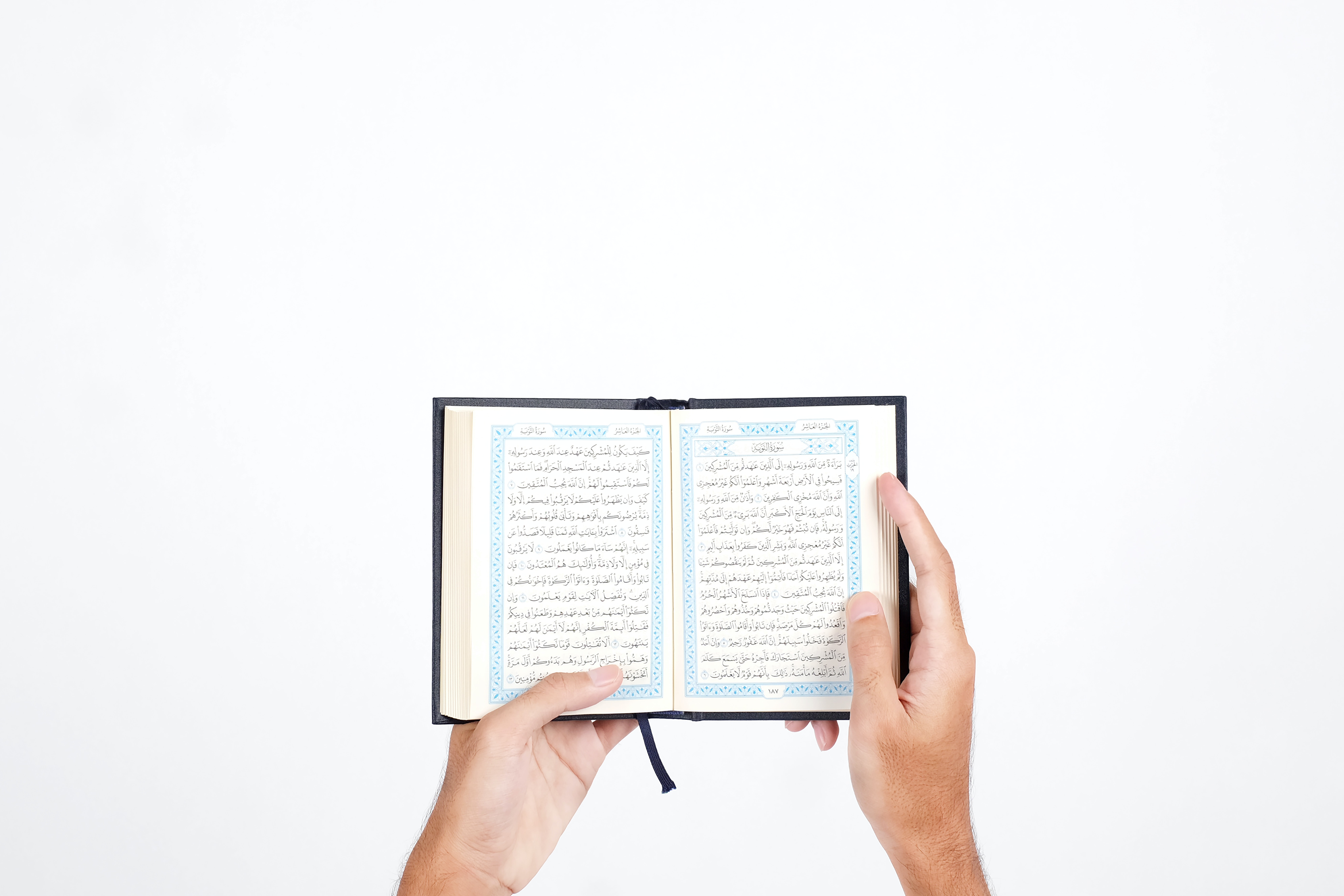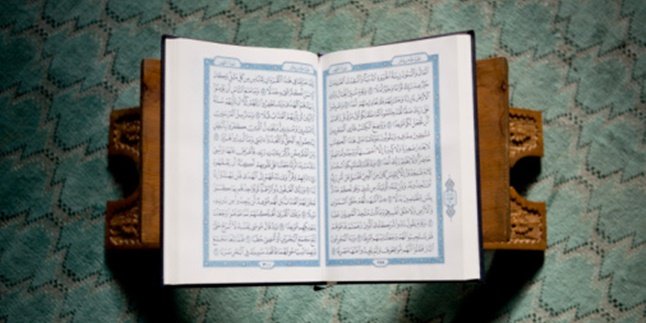Kapanlagi.com - Every Muslim certainly wants to be able to read the Quran correctly. For that, a Muslim needs to know and master the rules of recitation or Tajweed. Yes, as we know, there are several rules of recitation or Tajweed that need to be understood in reciting the Quran. Idgham is one of them. So, what is the meaning of idgham?
In general, the meaning of idgham is to merge. That is, the rule of idgham recitation makes the sound or pronunciation of a letter merge or disappear. However, there are several types of idgham recitation. Therefore, each type has different rules of how to recite it depending on each condition. Hence, it is important to learn the rule of idgham recitation so that a Muslim's recitation becomes more perfect.
Summarized from various sources, here is an explanation of the meaning of idgham along with its types and how to recite them. (source).
1. Meaning of Idgham

(credit: unsplash)
Learning tajweed or the rules of recitation is a must for every Muslim. This is because a rule of recitation will affect the pronunciation of a sound in a verse of the Quran. Meanwhile, incorrect pronunciation in Quranic recitation can affect the difference in meaning. Therefore, it is important to learn tajweed so that a Muslim can read the Quran more perfectly without any mistakes in meaning and interpretation.
Allah SWT has also commanded every Muslim to learn the Quran by reading it correctly. This command is contained in a passage from Surah Al-Baqarah verse 121, which means:
"Those to whom We have given the Book [including the Quran], recite it with its true recital. They [are the ones who] believe in it." (Quran 2:121)
Idgham is one of the rules of recitation in tajweed. As mentioned earlier, idgham comes from the Arabic language which means to merge or disappear. Idgham becomes one of the rules of recitation in tajweed. The meaning of Idgham must be fully understood by every Muslim.
The rule of idgham recitation is divided into three types, namely idgham bigunnah, idgham bilagunnah, and idgham mimi. Each rule of idgham recitation must be fully understood. Because, all three have different meanings, rules, and ways of pronunciation.
2. Idgham Bighunnah

(credit: unsplash)
One of the rules of idgham recitation is idgham bighunnah. In general, the meaning of idgham bighunnah is included in the rule of recitation of nun mati or tanwin. That is, this rule of recitation occurs when the nun mati or the letter hijaiyah berharokat tanwin meets certain letters, namely mim, nun, wau, and ya.
The way to pronounce idgham bighunah is by elongating two harakat and slightly humming the pronunciation. Here is an example of a verse fragment with the rule of idgham bigunnah recitation in Surah Al Lahab verse 1.
Tab bat yadaa abii Lahabinw-wa tabb (Q.S. Al Lahab, ayat 1)
Explanation: in the above verse, the rule of idgham bighunnah recitation is found where there is a nun mati meeting the letter wau in the pronunciation of Lahabinw-wa tabb. So, the pronunciation becomes Lahabiw-wa tabb with the nun mati merged with the sound of the letter wau.
3. Idgham Bilaghunnah
In addition to idgham bighunnah, there is also the tajweed idgham bilaghunnah. Like the previous one, the meaning of idgham bilaghunnah is also included in the rule of recitation that occurs due to the presence of nun mati or letters with tanwin harokat meeting certain letters. In this case, the letters are lam and ra.
However, in contrast to idgham bighunnah, idgham bilaghunnah is pronounced clearly without humming but still merges the nun mati or letters with tanwin harokat. For a clearer explanation, here is an example of a Quranic verse with the tajweed of idgham bilaghunnah recitation.
Walal-aakhiratu khairul laka minal-uulaa (Q.S. Ad Dhuha, ayat 4)
Explanation: in the above verse, the rule of idgham bilaghunnah recitation is found where there is a ra with a dhomah tanwin meeting the letter lam in the part of khairul laka. So, the pronunciation becomes Walal-aakhiratu khairul laka minal-uul or remains and is pronounced clearly without humming.
4. Idgham Mimi

(credit: unsplash)
The last rule of recitation or tajwid idgham is isgham mimi. Unlike the two types of idgham rules that have been explained previously, the meaning of idgham mimi is not included in the rule of reading nun mati. This means that idgham mimi occurs not because of the presence of nun mati meeting certain letters.
Idgham mimi occurs when a dead mim meets a mim letter with fathah, kasrah, or dhomah. The way to pronounce idgham mimi is by softening the pronunciation of the mim letter with fathah, kasrah, or dhomah with a little buzzing and for 3 harokat.
Here's an example of a verse fragment with the idgham mimi recitation rule:
Tanaz zalul malaa-ikatu war ruuhu fiiha bi izni-rab bihim min kulli amr (Q.S. Al Qadr, verse 4).
Explanation: In the above verse, the idgham mimi recitation rule is found where there is a dead mim letter which then meets a mim letter with fahah in the part of bi izni-rab bihim min. Thus, the pronunciation can become bi izni-rab bihim miiin with a little buzzing and softness.
That is an explanation of the meaning of idgham in tajwid science. Hopefully, it is useful, adds to our knowledge and faith as a Muslim. Amen.
(kpl/psp)
Disclaimer: This translation from Bahasa Indonesia to English has been generated by Artificial Intelligence.















